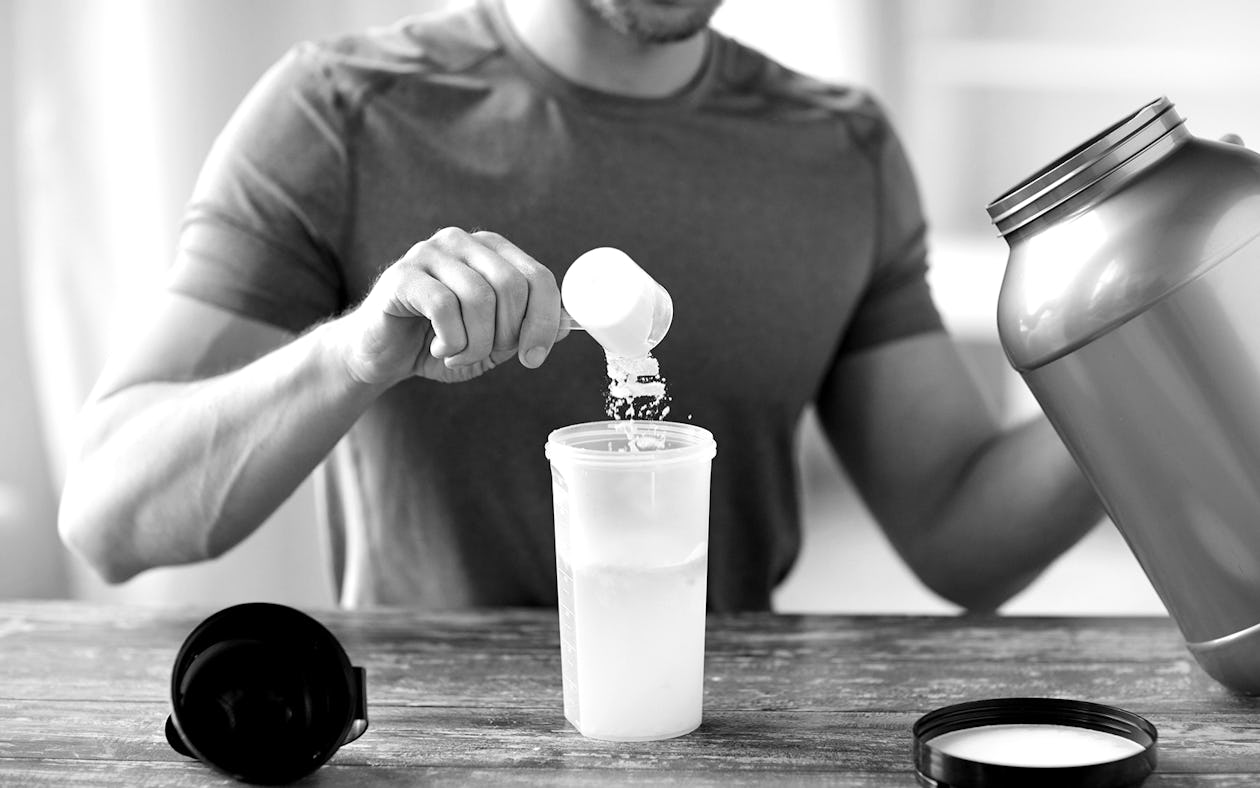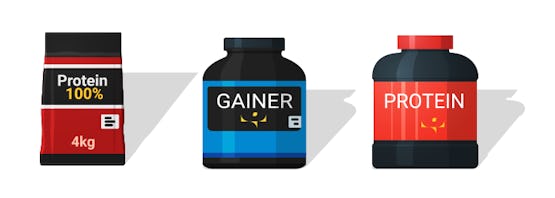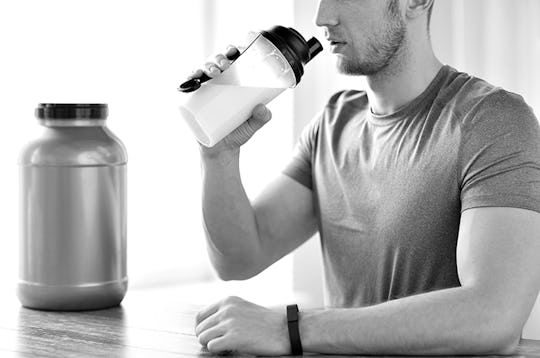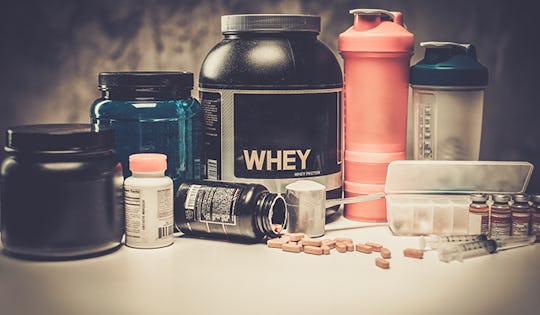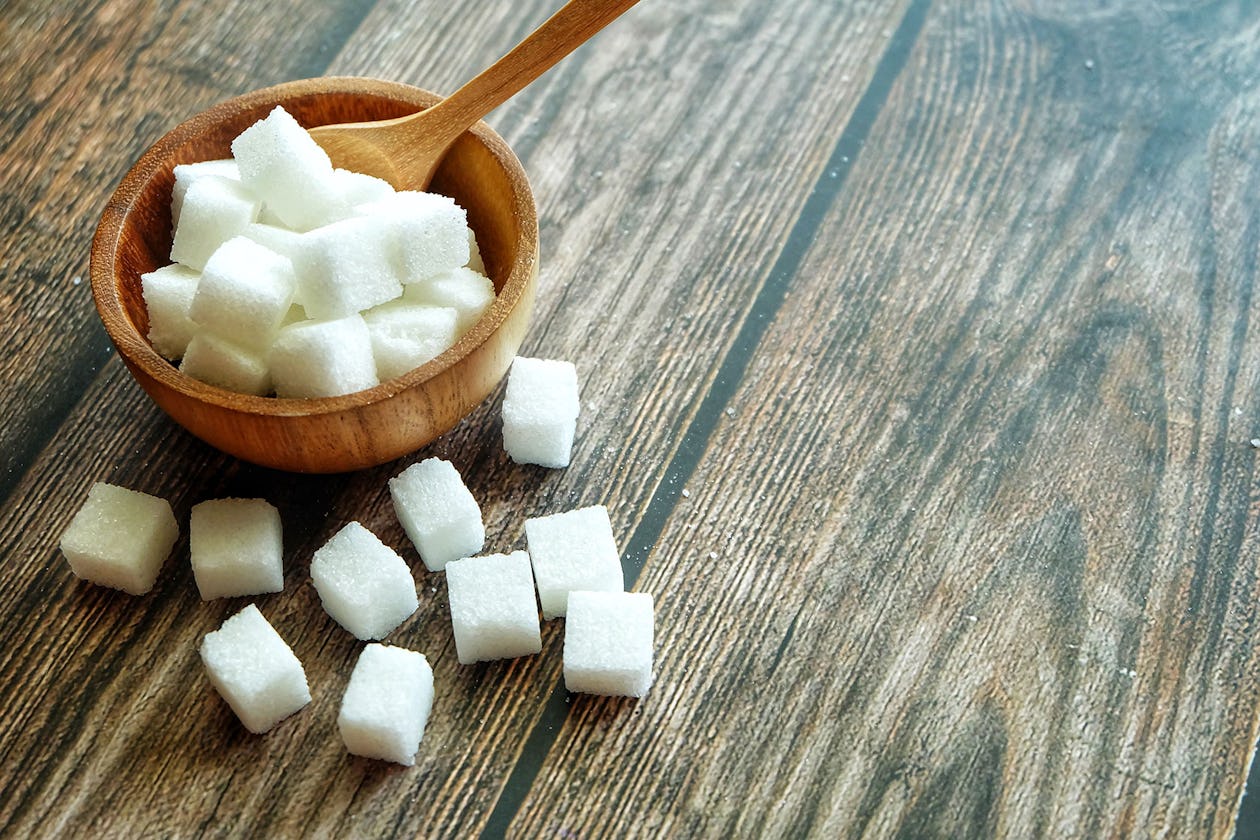Protein consumption remains one of the most hotly debated topics in performance nutrition – there are “protein wars” afoot, with one camp pitting itself against another, each touting the pros and cons of food vs. supplementation, whey vs. soy, and the correct protein intake levels based on age, goal and sport.
It makes sense – athletes of all levels place a high value on developing lean muscle tissue, and protein consumption is what delivers the amino acids necessary for building and maintaining muscle.
The good news is the sheer popularity of whey protein means that it’s been studied, studied and studied some more, so there are fewer questions regarding when to take whey protein.
If you’ve made the decision to supplement, and you’re looking to add whey protein to your diet, here’s what you need to know.
Types of Whey Protein
Not all whey proteins are the same – in fact, you’re likely to be overwhelmed by all the options available if you take a jaunt down the aisle at your local nutrition store. Generally speaking, there are three common forms of whey protein.
Whey Protein Concentrate
This is the less processed, more “natural” form of whey protein. For clean-eating fans, less processing probably sounds like a good thing, but in this case, less processing actually means less pure.
Whey protein concentrate contains more fat and lactose, and less total protein – ranging anywhere from 70% to 85% of the product – than isolates.
Whey Protein Isolate
Whey protein isolate, on the other hand, goes through more processing to remove the extra lactose and fat, delivering a product that’s typically 90% protein or more. The isolate form of whey protein generally costs more than concentrate, and it’s also considered a “safer” supplement for those who are lactose intolerant.
Hydrolyzed Whey Protein
Hydrolyzed whey products are those that have gone through additional processing, essentially breaking down the protein into groups of amino acids that are theoretically faster to digest.
The problem is, research doesn’t necessarily indicate this is true, so spending more money on a hydrolyzed product when other options are as, or more, effective, doesn’t make a whole lot of sense.
Functionally speaking, any whey product you choose should be more than capable of putting your body into a state of positive nitrogen balance – the most beneficial state for muscle recovery and hypertrophy – as long as you time your protein supplementation correctly.
When to Take Whey Protein
Whey protein is a highly bioavailable protein that boasts fast absorption rates. This makes it an ideal protein for post-workout recovery.
In fact, Brandon Mentone, a Strength and Conditioning Coach and Sports Nutritionist, puts it this way, “Whey has the highest bioavailability of all the protein analogues, which makes it the most potent and rapidly utilized agent post-workout.”
When you exercise, you’re placing a high level of stress on your body that actually causes damage to your muscles and tissue.
Building muscle doesn’t actually take place during your workout; rather, your workout is the tool you use to put your body in the necessary state for muscular hypertrophy during recovery.
Proper post-workout nutrition stimulates the repair of tissues in a way that leads to muscle growth.
Immediately following a workout, the blood flow to skeletal muscles is stimulated, and the act of working out “opens up” muscles to function a bit like a sponge – they’re primed and ready to absorb nutrients.
By consuming a fast-absorbing protein like whey protein immediately after your workout, you’re supplying your muscles with the amino acids they need to repair and grow, precisely when they benefit the most.
The sooner you can consume whey protein following your workout, the better. Generally speaking, you have up to a two-hour window (the “anabolic window”) post-workout to consume a protein-carbohydrate meal.
This is the two-hour period in which your muscles are primed and ready to accept nutrients, taking them from a muscle-wasting state of negative nitrogen balance to a muscle-building state of positive nitrogen balance.
But just because you have up to two hours, doesn’t mean you should wait to supplement. The longer you wait, the less “sponge-like” your muscles will be, and the less benefit you’ll derive from your whey protein supplementation efforts.
Who Should Take Whey Protein
Because whey protein is affordable, popular and highly bioavailable, It’s a great option for most active individuals looking for a way to easily increase protein consumption.
One of the biggest arguments against protein supplementation is that, in theory, it’s easy for people to consume enough protein in their diets to meet the Recommended Daily Allowance (RDA) of .8 grams per kilogram body weight.
While technically this is true, the RDA is based on the protein needs of a sedentary individual, not the needs of anyone who is active, growing, trying to build muscle mass or who is recovering from an injury.
Most studies indicate that under circumstances such as these, protein intake ranging from 1.2 to 1.6 grams per kilogram body weight is ideal. While it’s perfectly possible to consume this level of protein from food sources, it’s not always convenient.
Anyone who has ever tried to squeeze in a workout right before running to a meeting or whose training schedule butts up to their children’s bedtimes knows that it’s not always possible to sit down for a meal right after working out.
Because the timing of protein consumption post-workout is vitally important to muscle hypertrophy and recovery, it must be easy and convenient to consume.
Protein supplements – particularly whey protein powders that can be mixed with water, bars and pre-made shakes – are incredibly convenient, and a great option for anyone who’s “on the go” and unable to turn to whole food protein sources after workout.
It’s important to realize, though, that whey protein isn’t appropriate for everyone. As a product derived from milk, it’s not a good choice for vegans, and some whey protein concentrates may cause gastrointestinal distress to those who are lactose intolerant.
In these situations, other protein supplements, such as vegan-friendly, stomach-friendly hemp protein, may be a better option.
